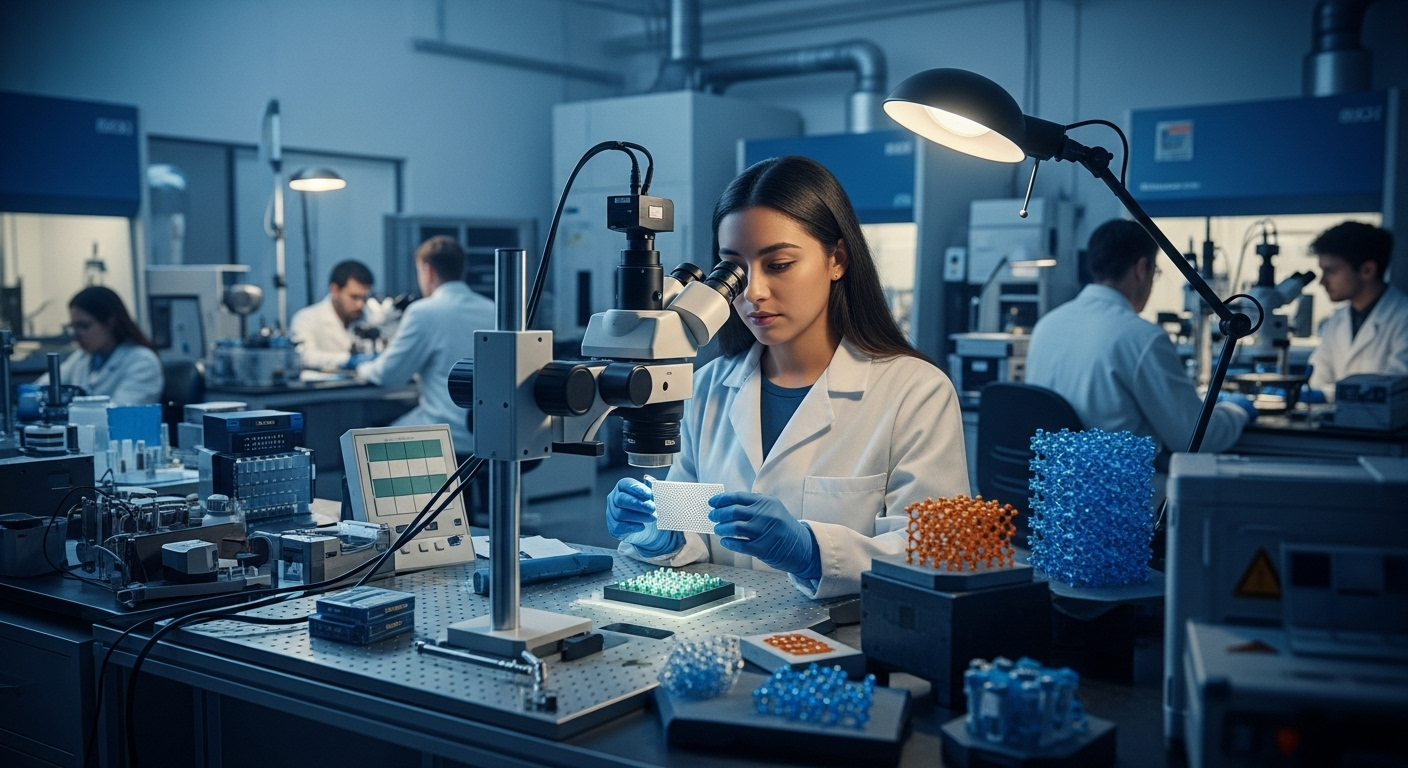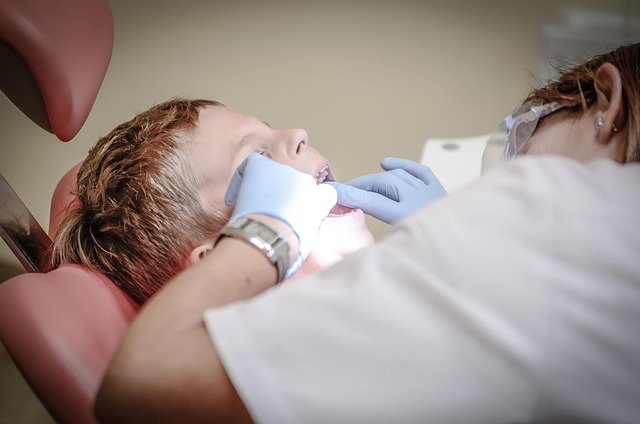Applications of Extracellular Matrix Biomaterials in Tissue Engineering
Extracellular matrix (ECM) biomaterials have emerged as a crucial component in tissue engineering due to their unique ability to mimic the natural cellular environment. These biomaterials provide structural support, biochemical cues, and mechanical properties that facilitate cell adhesion, proliferation, and differentiation. Applications of ECM biomaterials span a wide range of regenerative medicine, including wound healing, bone and cartilage repair, and organ regeneration. By promoting tissue-specific remodeling and reducing the risk of immune rejection, ECM-based scaffolds enhance the integration and functionality of engineered tissues, making them a promising tool for advancing personalized and effective therapeutic strategies.

Types and Sources of Extracellular Matrix Biomaterials
ECM biomaterials can be categorized into several distinct types based on their origin and composition. Natural ECM sources include decellularized tissues from various organs such as heart, liver, kidney, and bladder, which retain the complex three-dimensional architecture and biological signals of native tissues. Collagen, the most abundant protein in mammalian ECM, serves as a primary component in many biomaterial applications due to its biocompatibility and structural properties.
Animal-derived sources provide another category of ECM biomaterials, including porcine and bovine tissues that undergo processing to remove cellular components while preserving the extracellular framework. Plant-based alternatives have also gained attention, offering hypoallergenic options with reduced risk of disease transmission. Synthetic ECM mimics represent a growing field, where researchers design materials that replicate specific ECM properties while allowing for precise control over mechanical and chemical characteristics.
Marine-derived ECM components, such as those from fish scales and jellyfish, offer unique properties and sustainable sourcing options. Each source type presents distinct advantages and limitations, influencing their suitability for specific tissue engineering applications.
Role of ECM Biomaterials in Cell Behavior and Tissue Regeneration
ECM biomaterials play multifaceted roles in directing cellular responses and facilitating tissue regeneration processes. These materials provide essential structural support through their fibrous networks, creating scaffolds that guide cell migration, adhesion, and proliferation. The mechanical properties of ECM biomaterials, including stiffness and elasticity, directly influence cell fate decisions and differentiation pathways.
Biochemical signaling represents another crucial function of ECM biomaterials. These materials contain growth factors, cytokines, and other bioactive molecules that regulate cellular activities and promote healing responses. The presentation of specific binding sites allows cells to interact with the matrix through integrin receptors, triggering intracellular signaling cascades that control gene expression and protein synthesis.
ECM biomaterials also facilitate nutrient and waste exchange, creating microenvironments that support cell survival and function. Their degradation properties can be tailored to match tissue remodeling timelines, allowing for gradual replacement by newly formed native tissue. This temporal aspect ensures that the biomaterial provides support during critical healing phases while eventually integrating with or being replaced by host tissue.
Challenges and Future Prospects in ECM-Based Tissue Engineering
Several significant challenges currently limit the widespread clinical application of ECM biomaterials in tissue engineering. Immunogenicity concerns arise when using xenogeneic sources, potentially triggering adverse immune responses that compromise treatment outcomes. Standardization of processing methods remains problematic, as variations in decellularization protocols can affect material properties and biological activity.
Scalability issues present practical limitations for commercial production and clinical translation. Manufacturing consistent, high-quality ECM biomaterials in sufficient quantities requires sophisticated processing facilities and quality control measures. Storage and sterilization methods must preserve biological activity while ensuring safety, creating additional technical hurdles.
Future prospects in ECM-based tissue engineering appear promising, with emerging technologies addressing current limitations. Advanced processing techniques are being developed to optimize decellularization while preserving essential biological components. Hybrid approaches combining natural ECM with synthetic materials offer opportunities to enhance mechanical properties and control degradation rates.
Personalized medicine applications using patient-derived ECM sources could minimize immunological complications while providing optimal tissue compatibility. Three-dimensional bioprinting technologies are incorporating ECM biomaterials to create complex tissue structures with precise spatial organization of multiple cell types.
Research into ECM biomaterial modifications through crosslinking, functionalization, and composite formation continues to expand therapeutic possibilities. These developments aim to create next-generation biomaterials with enhanced performance characteristics and broader clinical applications.
The integration of artificial intelligence and machine learning in biomaterial design promises to accelerate discovery of optimal ECM compositions for specific tissue engineering applications. Computational models are being developed to predict cell-material interactions and optimize scaffold properties before experimental validation.
Understanding the applications of extracellular matrix biomaterials in tissue engineering reveals their transformative potential in regenerative medicine. While challenges remain, ongoing research and technological advances continue to expand possibilities for treating tissue damage and organ failure. The combination of natural biological properties with engineering innovations positions ECM biomaterials as essential tools for future therapeutic developments in tissue regeneration and repair.




